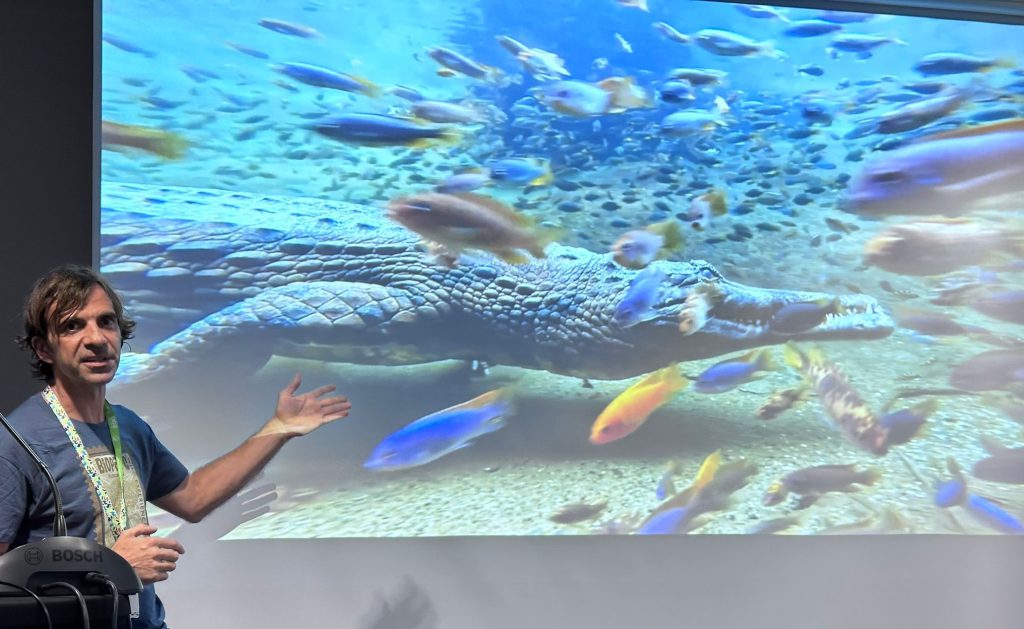The EAZA Annual Congress is the main meeting place for professionals in the zoo world. Over five days, there are multiple sessions, some more general and some more specific. They share experiences and knowledge and plan and develop joint initiatives that affect our work for the rest of the year.
At these conferences, the focus is on the development of wildlife conservation plans and initiatives. More than half of the initiatives and working groups are focused on conservation, merging field conservation (in-situ) with captive conservation (ex-situ) in the philosophy driven by the IUCN “One Plan Approach” in which all efforts in the field or in captivity are coordinated to seek synergies.
In this sense the EAZA has presented the next joint conservation campaign focused on protecting biodiversity in Vietnam, one of the hotspots of diversity and conservation problems. There is also an important part of the work focused on animal welfare. Scientific welfare assessment methods that allow us to continuously improve the care of our animals.
And of course, this meeting is the perfect opportunity to meet, in person, all those colleagues with whom we keep in frequent contact via email and to establish new contacts useful for the work. One of the most distinguishing aspects of working in a zoo is the incredible willingness of all institutions and professionals to share their experiences and knowledge to improve the welfare of the animals we care for and the success of the conservation programmes.
At Bioparc Fuengirola we coordinate the European Exsitu Programme (EEP) of the Tomistoma crocodile and I, as its coordinator, gave a presentation on the status of this programme in the ‘Reptiles’ session. This year, 887 delegates from 372 institutions and 70 countries participated. Undoubtedly, a great meeting to continue progressing in the conservation and protection of species.
Jesús Recuero, technical director and veterinarian at Bioparc Fuengirola

